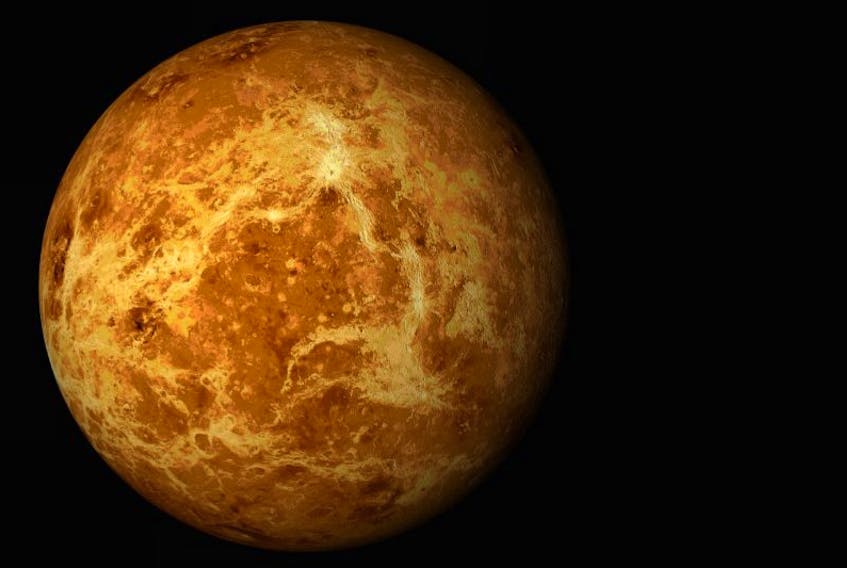Hello again sky watchers.
I have called this month’s article “The Longest Day” because, as I am sure you know, the longest day of the year occurs every year in June – most frequently June 21 but it can be June 20 or June 22. Of course, the numbers of hours doesn’t change – it’s 24 hours as always, but on the longest day we have the most hours of sunlight (or clouds) and the least number of hours of darkness.
In reality, the length of the day time doesn’t change much between June 10 and June 30, but the sunrise and sunset times do change – together for that period of time. Et voila! On the longest day, it becomes summer.
Exactly the same thing happens as winter begins, on Dec. 21, the shortest day. These are called solstices. We also have two dates, Sept. 21 and March 21 when the day and night are said to be equal (not quite) and we call these equinoxes.
But why does this happen? First a little bit of technical explanation. The Earth goes around the sun once a year in a path called an orbit. The orbit is not a circle, but rather an ellipse or oval.
The sun is not at the centre of this oval, but rather somewhat towards one end.
In addition, as the Earth goes around the sun, it is tilted from the vertical in its orbit by 23.5 degrees. So, as it goes around the sun, sometimes the northern half (where we are on the Earth) is pointed partially towards the sun – and that is when the longest day occurs, and with all this extra sun, we have summer. Six months later, our tilt is away from the sun, and we get much shorter days, less total sun, and thus winter.
Interestingly, when we are pointed towards the sun (summer) we are actually on the part of the oval furthest from the sun, but it’s the tilt that matters, not the distance. So there you have it – the seasons, and for us, how warm or cold it’s going to be each season on average.
Now, after all that, what is in the sky this month?
As always, let’s start with our night sky. June is just a great month to go out and look.
In the early evening, after sunset as the month begins, we find a brilliant object in the west-northwest. That is Venus. It will be there all month and even gets a little brighter as the month progresses.
Jupiter was at opposition last month. To review, when a planet is at opposition, it is opposite the sun in the sky, and thus is up all night from sunset to sunrise. Jupiter is up at twilight and doesn’t set until the early morning hours.
And now Saturn. It comes to opposition on June 28 and thus it will be up all night then. As the month begins, it rises by mid-late evening and still will be up at sunrise. Look in the southeast in the evening.
By mid-month, we get a chance to see Mercury. By June 19 look low in the west-northwest about 30 minutes after sunset. Mercury gets brighter and a little higher as the month progresses.
Mars is a morning and night planet. As the month begins, it rises shortly after midnight and also rises earlier in the evening as the month progresses. Mars will reach opposition next month.
The summer solstice is on June 21 and the exact time will be 7:07 p.m.
The new moon is June 13 and the full moon June 28.
The Athena Community Astronomy Club will begin its Wednesday night on the Boardwalk, at the parking lot by the Shipyard Market, after dark, weather permitting. We will have binoculars and telescopes to show you the night sky. Come on down.
See you again next month. Happy skies.
Dr. Rolly Chiasson of Summerside is "Your Sky Guy," who writes monthly astronomy columns for the Journal Pioneer.









